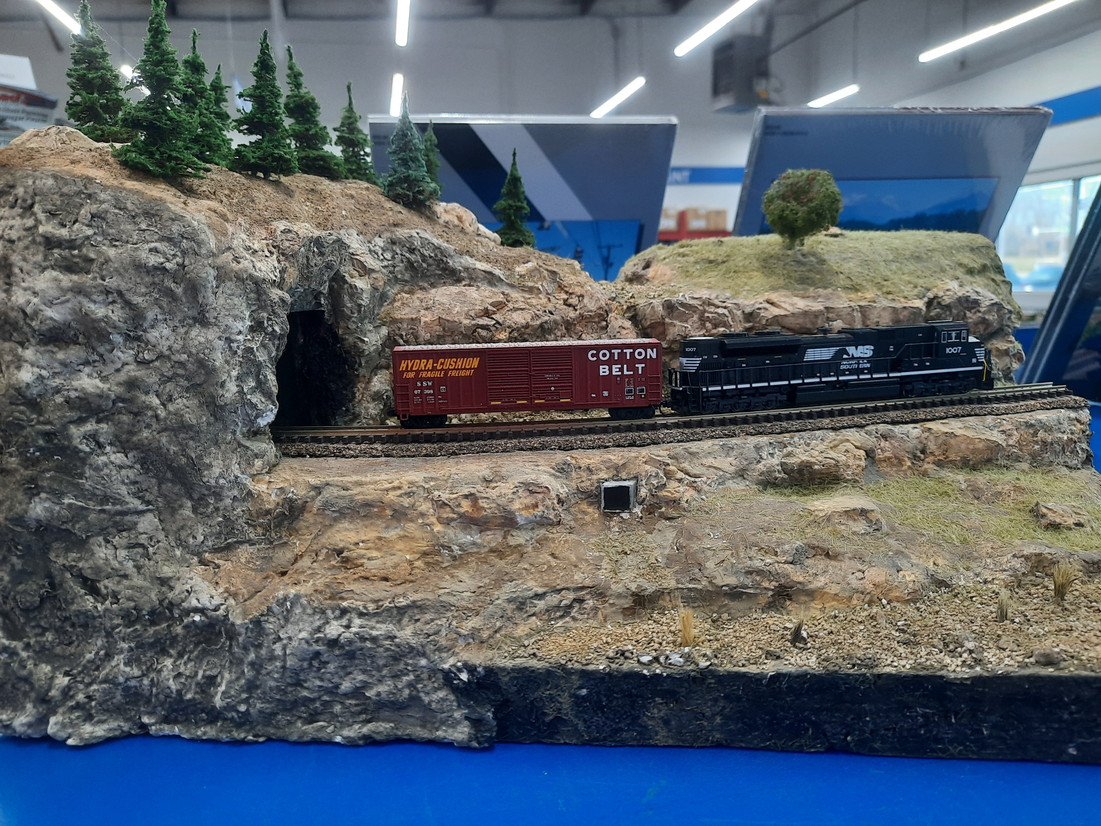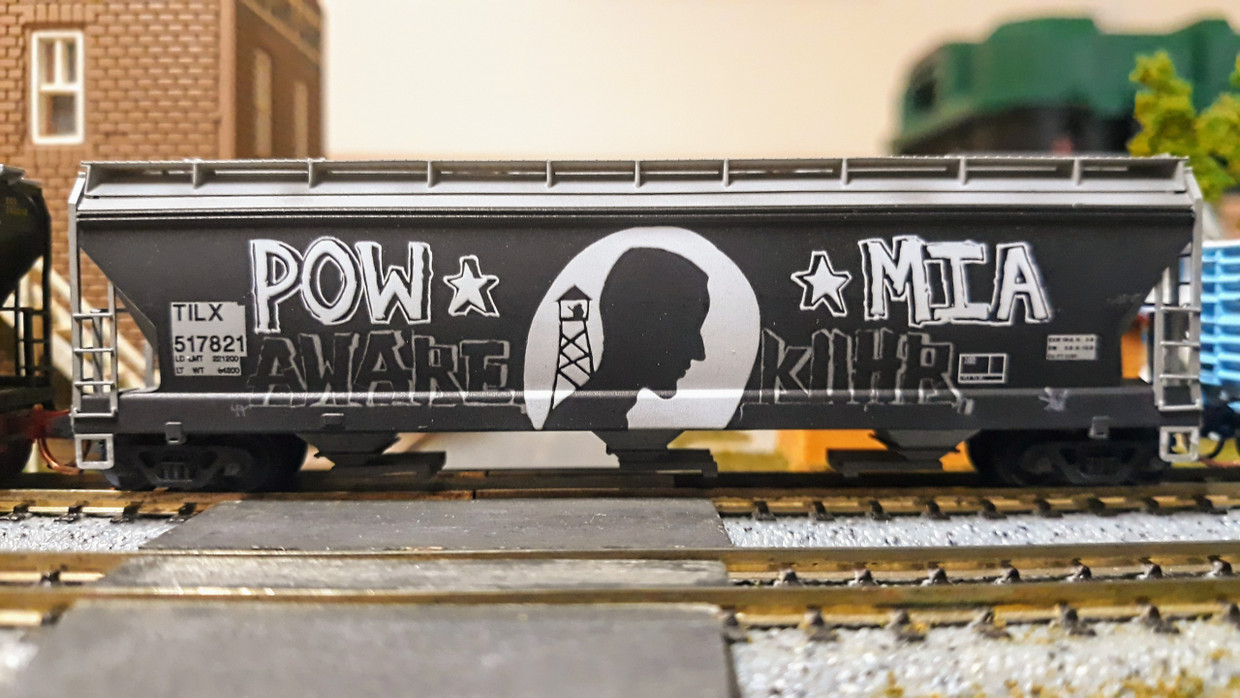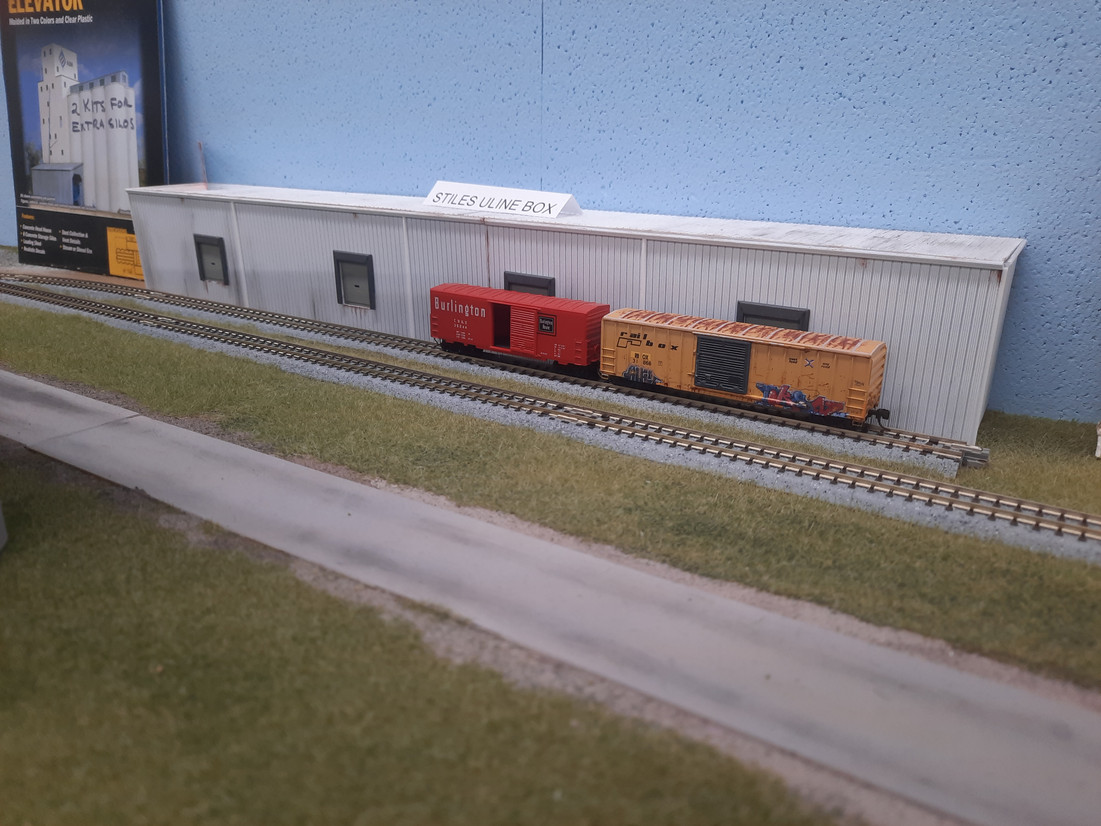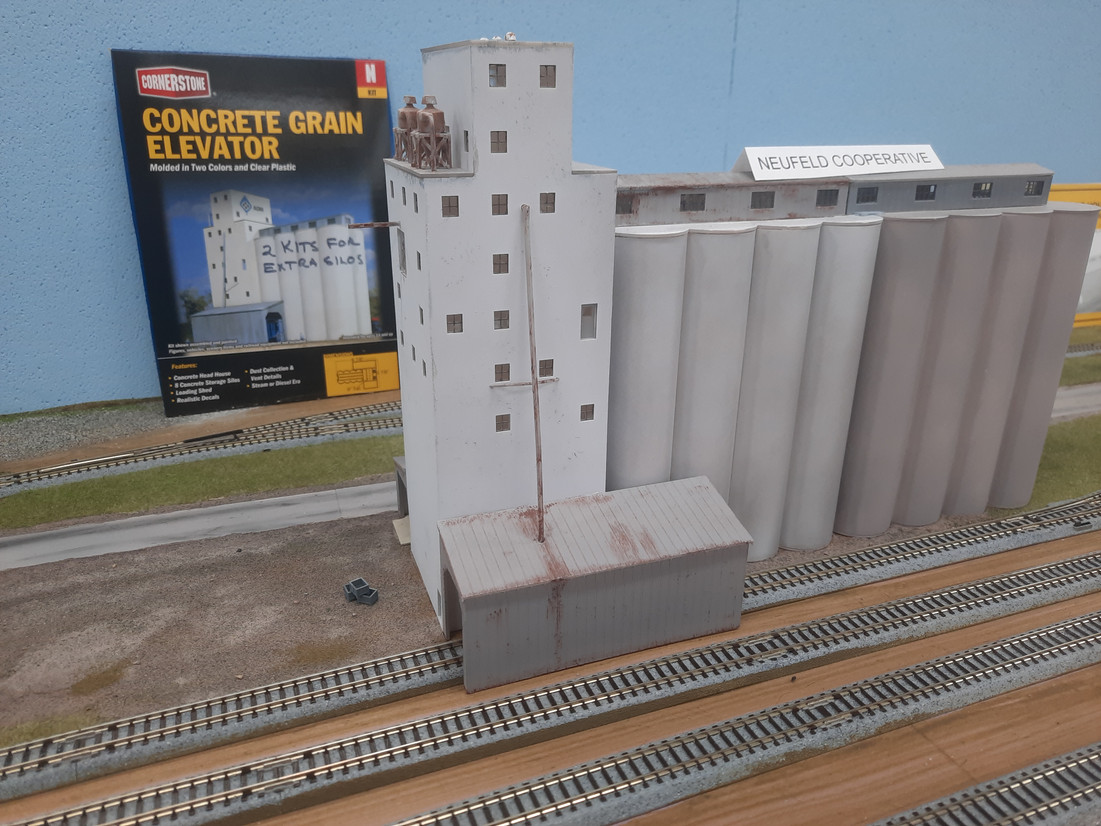Blog
Railroad Realms: Navigating the Tracks of Intermediate Model Railroading Part 4: Mastering Scenery Realism Techniques
In the fourth installment of our series on advanced model railroading, we delve into the art of creating realistic landscapes that breathe life into your layout. From majestic mountains to meandering rivers and bustling urban scenes, this guide offers detailed insights and techniques to elevate your scenery realism to new heights.1. Crafting Realistic Landscapes:Transform your layout with breathtaking landscapes that captivate the imagination. Learn the secrets behind crafting realistic mountain
…
1st Feb 2024
Railroad Realms: Mastering the Rails: Advanced Digital Command Control (DCC) Techniques and Troubleshooting Tips
Welcome back to "Railroad Realms: Navigating the Tracks of Intermediate Model Railroading." In this installment, we embark on a journey into the digital realm with a focus on mastering Digital Command Control (DCC). Whether you're a seasoned DCC user or just venturing into this technology, our in-depth tutorials on advanced features and troubleshooting tips will elevate your model railroad operations to new heights.Unlocking the Power of Advanced DCC FeaturesDecoder Programming and CV Manipulati
…
18th Jan 2024
Railroad Realms: Navigating the Tracks of Intermediate Model Railroading: Part 2 Crafting Realism: Weathering and Customizing Rolling Stock
Welcome back to "Railroad Realms: Navigating the Tracks of Intermediate Model Railroading." In this second installment, we dive into the art of customizing rolling stock, transforming your trains into realistic miniature replicas. Join us as we explore weathering techniques that breathe life into your models and delve into the world of kitbashing and modifications to ensure your rolling stock closely mirrors their real-world counterparts.Weathering Techniques: Bringing Authenticity to Your Rolli
…
15th Jan 2024
Railroad Realms: Navigating the Tracks of Intermediate Model Railroading Part 1: Advanced Layout Planning Techniques
Welcome, fellow model railroaders, to the inaugural post of "Railroad Realms: Navigating the Tracks of Intermediate Model Railroading." In this installment, we delve into the captivating realm of advanced layout planning techniques, a crucial phase for those seeking to elevate their miniature worlds. Join Midwest Model Railroad as we unravel the secrets behind intricate track plans and delve into the art of optimizing space to maximize the potential of your layout.Intricate Track Plans: Crafting
…
11th Jan 2024
Railroad Realms: Navigating the Tracks of Intermediate Model Railroading
Welcome aboard, fellow enthusiasts, to "Railroad Realms: Navigating the Tracks of Intermediate Model Railroading." Embark on a journey where the intricate world of model railroading comes to life for those seeking to elevate their skills from the basics to the next level. This blog series is tailor-made for intermediate model railroaders, offering a curated exploration of advanced techniques, insider tips, and creative inspirations. Whether you're yearning to enhance your layout planning, delve
…
10th Jan 2024
Creating a Compelling Backdrop for Your Model Railroad Layout
Building a model railroad layout is a fascinating hobby that allows enthusiasts to unleash their creativity and imagination. While the trains and tracks are essential components, a compelling backdrop can elevate your model railroad to new heights, turning it into a miniature world that captivates onlookers. In this article, we'll explore tips and techniques for creating a visually stunning and immersive backdrop for your model railroad layout.Research and Planning:
Before diving into the creat
…
5th Jan 2024
Enhancing Your Model Railroad Experience: Incorporating Sound and Special Effects
Model railroading has long been a beloved hobby, capturing the hearts and imaginations of enthusiasts worldwide. While the focus has traditionally been on meticulous attention to detail in terms of layout, scenery, and locomotive models, modern technology has opened up exciting possibilities for adding another dimension to your model railroad – sound and special effects. In this article, we'll explore the ways in which you can elevate your model railroad experience by incorporating these element
…
3rd Jan 2024
Weathering and Detailing Locomotives and Rolling Stock for Model Railroading
Model railroading is a captivating hobby that allows enthusiasts to recreate miniature versions of the vast and intricate railway systems that crisscross the world. One crucial aspect that adds realism and character to a model railroad layout is the weathering and detailing of locomotives and rolling stock. Weathering involves replicating the wear and tear that real trains endure over time, while detailing enhances the overall appearance and accuracy of the models. In this article, we will explo
…
29th Dec 2023
Customizing and Kitbashing Models for Model Railroading: A Comprehensive Guide
Part 1: Introduction to Customization and Kitbashing in Model Railroading1.1 Understanding CustomizationModel railroading is not just about assembling pre-made kits; it's also about expressing creativity and individuality. Customization involves modifying or adding details to models to create unique and personalized railroad scenes.1.2 What is Kitbashing?Kitbashing is a modeling technique commonly used in various hobbies, including model railroading, to create unique and customized models. The t
…
28th Dec 2023
Advanced Tips and Tricks: Taking Your Model Railroad to the Next Level
Welcome aboard, fellow model railroaders! If you've mastered the basics of building a model railroad and are eager to elevate your miniature world to new heights, you've arrived at the right station. In this series, "Advanced Tips and Tricks: Taking Your Model Railroad to the Next Level," we'll delve into a realm of creativity and craftsmanship that goes beyond the ordinary. Whether you're a seasoned enthusiast or a newcomer with a passion for precision, join us on this journey to transform your
…
27th Dec 2023










